If you’re a cat lover, then you know that cats are one of the most mysterious creatures on Earth. They always seem to be trying to say something, but we never quite understand what it is. In this blog post, we’re going to explore some of the most common things that cats try to communicate with us and teach you how to interpret their signals. So read on – your kitty may be trying to tell you something important!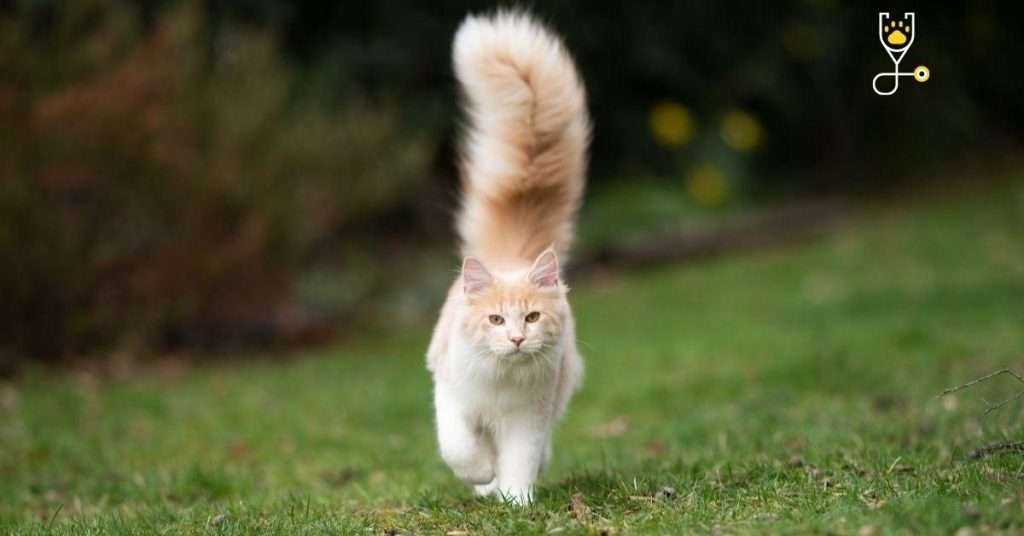
Talk With Tail
Cats use their tails to communicate a variety of messages. A tail held high means your cat is happy and confident. A tail that’s low or tucked between the legs indicates fear or insecurity. And a tail that’s swishing back and forth rapidly may mean your cat is angry or agitated. If you see your cat’s tail doing any of these things, it’s important to pay attention to the rest of their body language and facial expressions to get a better idea of what they’re trying to say.
Learn More: Understanding Cat Language
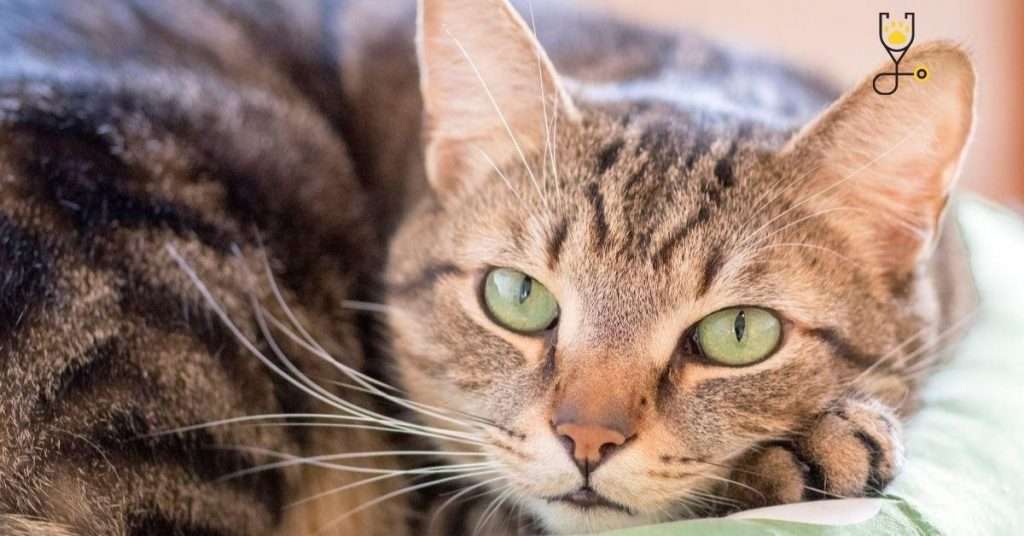
Eye Contact
Eye contact is also important when trying to understand what your cat is thinking. A direct stare from your cat usually means they are challenging you – so be careful! But if your cat averts their gaze or blinks slowly, they are likely trying to show you that they trust you.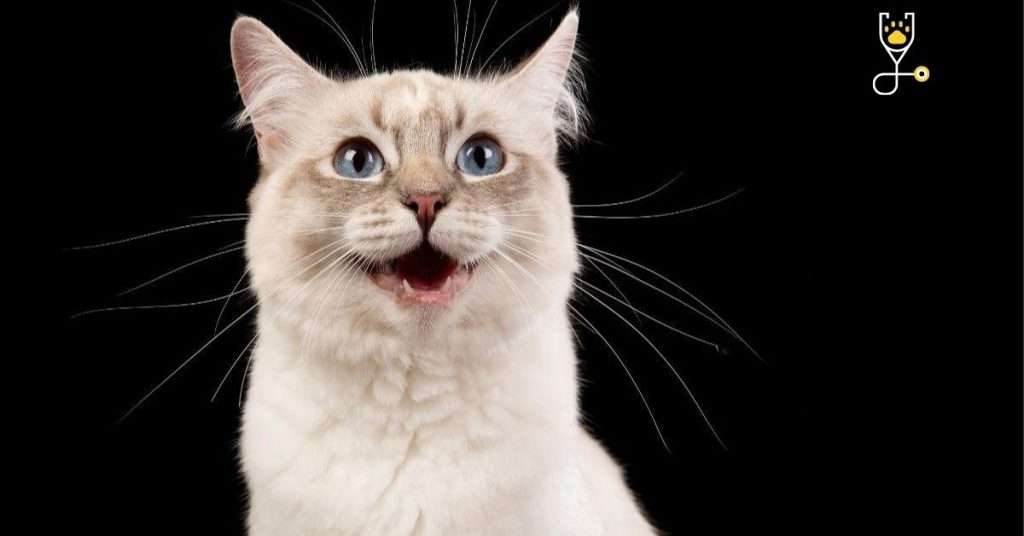
Fur Talk
The position of your cat’s fur can also give you clues about their emotional state. If their fur is standing on end, they may be feeling threatened or scared. And if they start to groom themselves excessively, it could be a sign that they’re feeling stressed.
All of these are important things to keep in mind when trying to communicate with your cat. Pay attention to the signals they’re sending, and you’ll be able to understand them much better!
Read More: 7 Things I Wished I Knew Before Getting a Cat
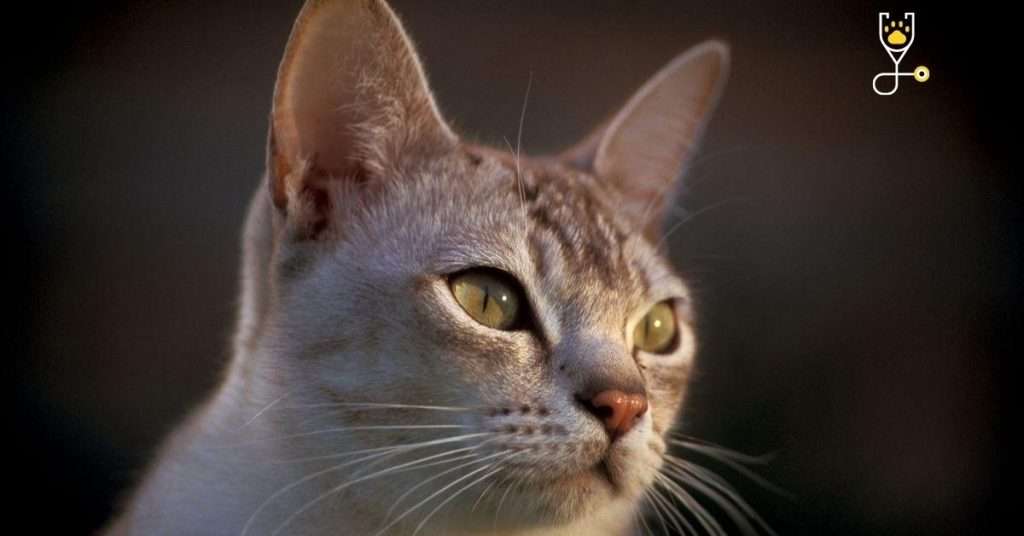
Ears to Communicate
Cats also use their ears to communicate. Ears that are pointed forward and up mean your cat is interested in something – or someone. Ears that are flat against the head usually indicate anger or fear. And if your cat’s ears are twitching, they may be trying to pick up on sound waves that are too high for humans to hear.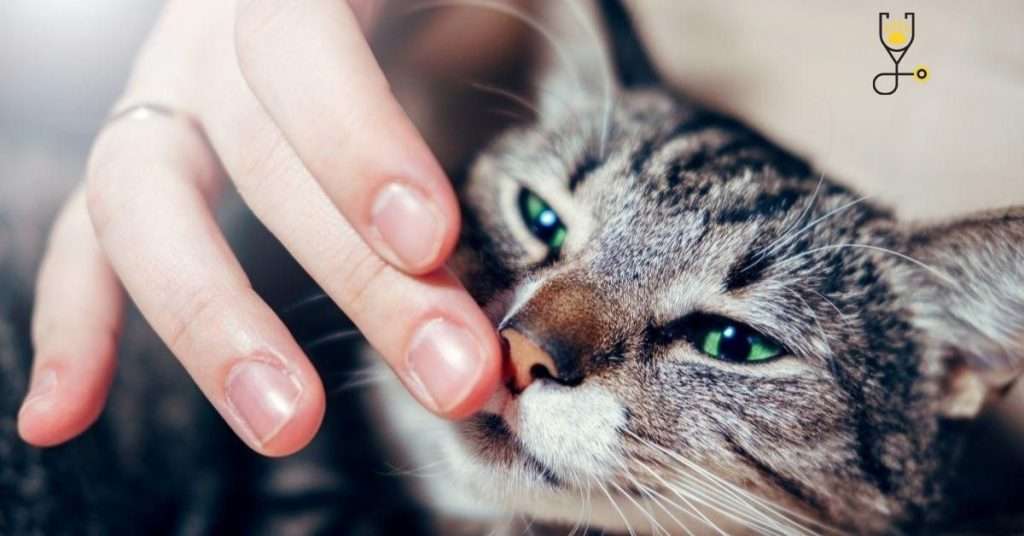
Smell and Scent
Cats have a very strong sense of smell, and they use it to communicate in a variety of ways. For example, when a cat rubs their face against you, they are actually marking you with their scent. This is their way of claiming you as their own – sort of like a signature! Cats also leave their scent on objects that they want to claim as their territory. If you see your cat spraying urine or scratching furniture, this is likely what they’re doing.
Check More About Cats Here: The Ultimate Guide To Cat Traning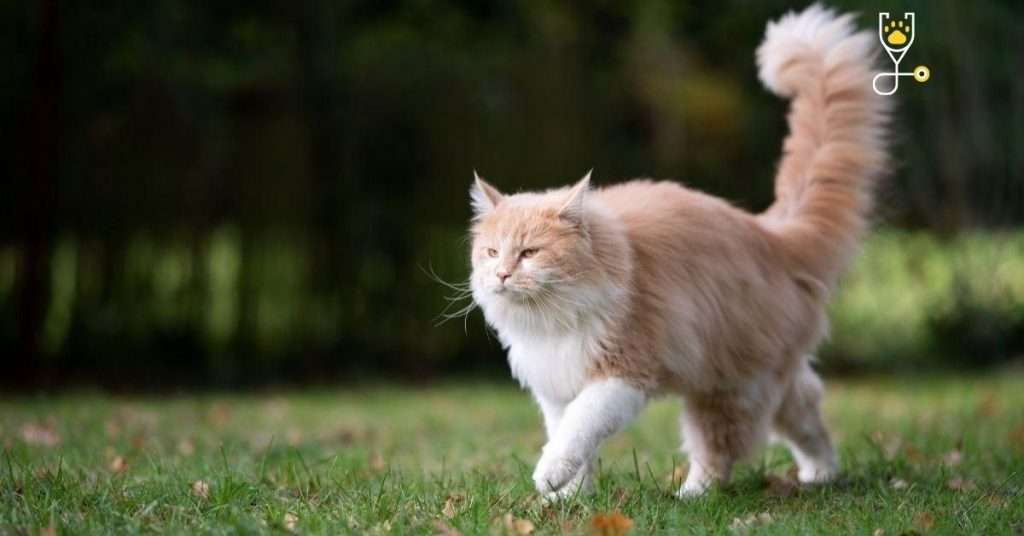
Body Tail
Cats use their tails to communicate a variety of messages. A tail held high means your cat is happy and confident. A tail that’s low or tucked between the legs indicates fear or insecurity. And a tail that’s swishing back and forth rapidly may mean your cat is angry or agitated. If you see your cat’s tail doing any of these things, it’s important to pay attention to the rest of their body language and facial expressions to get a better idea of what they’re trying to say.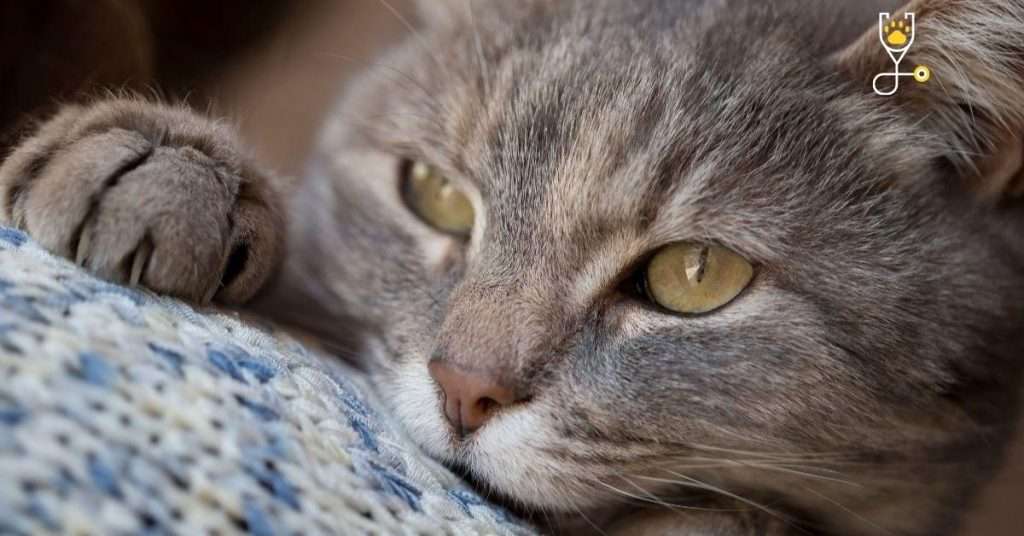
Purring
Purring is another common form of communication among cats. It’s often seen as a sign of contentment, but it can also be used as a way to seek comfort or show affection. Hissing and growling are usually defensive signals, meant to scare off perceived threats.
So there you have it – a crash course in feline communication! Next time your cat is trying to tell you something, pay attention to their body language and vocalizations. With a little practice, you’ll be able to understand them better than ever before.
Read More: How Do You Control Fleas on Kittens?
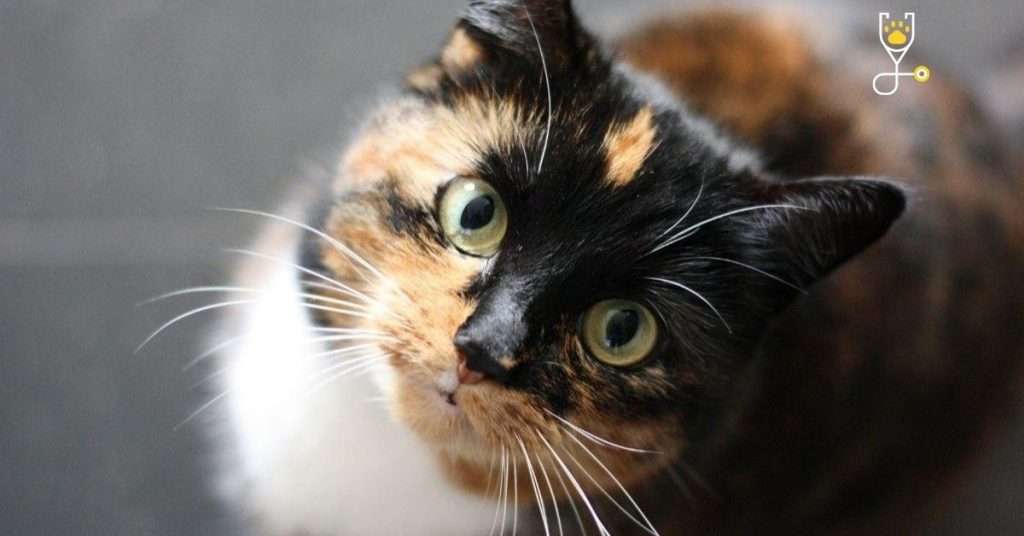
Learn More: Why Do Cats Like Drinking From the Water Faucet?
Vocalizations
Cats also communicate through vocalizations – meowing, purring, hissing, and growling. Meowing is usually reserved for communication with humans, and each meow has its own meaning. For example, a short, sharp meow may be a demand for food, while a longer, drawn-out meow may indicate boredom or loneliness. Pay attention to the tone and volume of your cat’s meows, and you’ll start to understand what they’re trying to tell you.
Finally, meowing is probably the most well-known way that cats try to communicate with us. But did you know that different meows can actually mean different things? A short, sharp meow is usually a demand for something – like food or attention. A longer, drawn-out meow may signal contentment or happiness. And a series of rapid, high-pitched meows is often a sign that your cat is in pain.
So the next time you’re trying to figure out what your cat is thinking, pay attention to their tail, ears, and eyes – and listen carefully to the tone and pitch of their meow. With a little practice, you’ll be able to understand your kitty’s communication signals in no time!